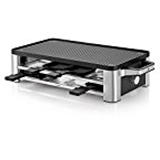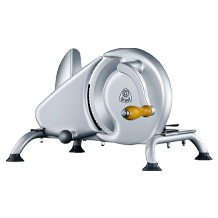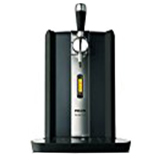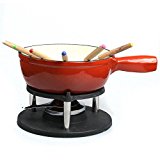Rice cooker purchasing advice: how to choose the right product
- What You Need to Know
- Rice cookers make preparing rice easy. They prevent burning and over-cooking, helping you to make perfectly cooked rice with no effort at all.
- Induction and pressure rice cookers work especially fast. They are sometimes capable of cooking rice at twice the normal speed.
- For single-person households, a mini rice cooker with a volume of 0.4L is usually sufficient. For larger families, a volume of between 1L and 2L may be required.
- High-end rice cookers offer different cooking programmes for making different types of rice, cooking other types of grains, or even steaming food.
- Other practical features include a timer, a keep-warm function, and an automatic cleaning programme.
Perfectly Cooked Rice Every Time
Rice is one of the most important global food sources. According to the statistic website Statista, more than 490 million tonnes of rice were used in the harvest year 2019/20 alone. There are countless different types of rice dishes, for which rice grains are the most important ingredient. Despite its popularity, cooking rice is not so easy at all. Oftentimes, the water boils over causing soggy rice to spill out onto the stovetop. Meanwhile, rice at the bottom of the pan has burnt to the sides, while in the middle it’s either too wet or too dry. For anyone who cooks rice often, a rice cooker is a formidable culinary partner.
How Does a Rice Cooker Work?
Rice cookers are electrical appliances composed of an inner and outer container. The inner container has a non-stick coating and is removable. In the base of the outer container, there is a heating element. The user pours the desired amount of rice and the corresponding amount of water into the inner container, before turning on the rice cooker and letting it do its thing.
Rice cookers work primarily by soaking. While being heated, the rice slowly absorbs the water. As soon as there is no more water in the inner container, the device switches automatically to a keep-warm function. The most important thing for making perfectly cooked rice is the correct proportions of water to rice. This depends, of course, on the type of rice in question. A general rule of thumb states that you need 1.5 cups of water to 1 cup of rice. More expensive rice cookers are able to choose between different cooking programmes for different types of rice or rice dishes. The programmes differ from one another in cooking time and temperature.
The Benefits of a Rice Cooker
When compared to cooking with a pot, electric rice cookers allow you to cook much more simply and comfortably. Cooking rice on a stove requires you to stand and watch to see whether it overboils or starts to burn, but using a rice cooker allows you to focus on the preparation of the rest of the meal or to simply sit back and relax. The non-stick coating on the inside of the rice cooker stops rice from burning, while the inner container is easy to clean after being used. Some models have an automatic sensor, capable of checking the condition of the rice and readjusting the cooking temperature accordingly. Over-cooked or hard rice becomes a thing of the past once you have a rice cooker.
Some rice cookers come with an array of different cooking programmes. As well as being able to cook different types of rice to perfection, the steam-cooking function allows them to steam meats and vegetables, as well as other dishes, like soups and casseroles.
Rice Persian Style: With a Crust
A Persian rice speciality is Tahdig. Tahdig is recognisable by the golden crust that forms on its underside. Persian rice cookers are usually equipped with a regulator which allows you to adjust the extent of the browning to the bottom of the rice.
Induction or Pressure Rice Cookers
Some modern rice cookers still work with induction. In these models, the inner container is heated by induction plates laid over each other instead of a traditional heated coil. This method heats not only the base of the rice cooker, but also the sides—providing a particularly even cooking atmosphere. Induction rice cookers are both quicker and more energy–efficient than their classic, electric counterparts. Models with an additional steam-pressure function cook particularly fast. Both models are, however, more expensive than more typical rice cookers.
Cooking Rice in the Microwave
Microwave owners have the option to purchase a particularly simple alternative to the traditional rice cooker. Rice cookers for the microwave are essentially plastic pots with a lid. Users fill the desired amount of rice into the pot and then cover it with enough water. Microwave rice cookers are very inexpensive and easy to clean. In addition, rice in the microwave cooks particularly quickly.
How to Find the Right Rice Cooker for You
The volume of a rice cooker determines how much rice can be made in one batch. When choosing a suitable model, it is also recommended to consider the ease of use, a good non-stick coating, and, last but not least, the price.
Volume and Size
Particularly small models (or mini rice cookers) have a volume of 0.4L and are ideal for single households. Thanks to their small size, they can be used in even the smallest of kitchens. When cooking for two people, it is recommended to use a model with a volume of between 0.5L and 1L. As a general guide, a rice cooker with a litre capacity is capable of cooking about four cups of rice in one batch. This is enough for around four people as an accompaniment to a main dish. With a circumference and hight of around 20 cm, one-litre rice cookers are light and easily portable.
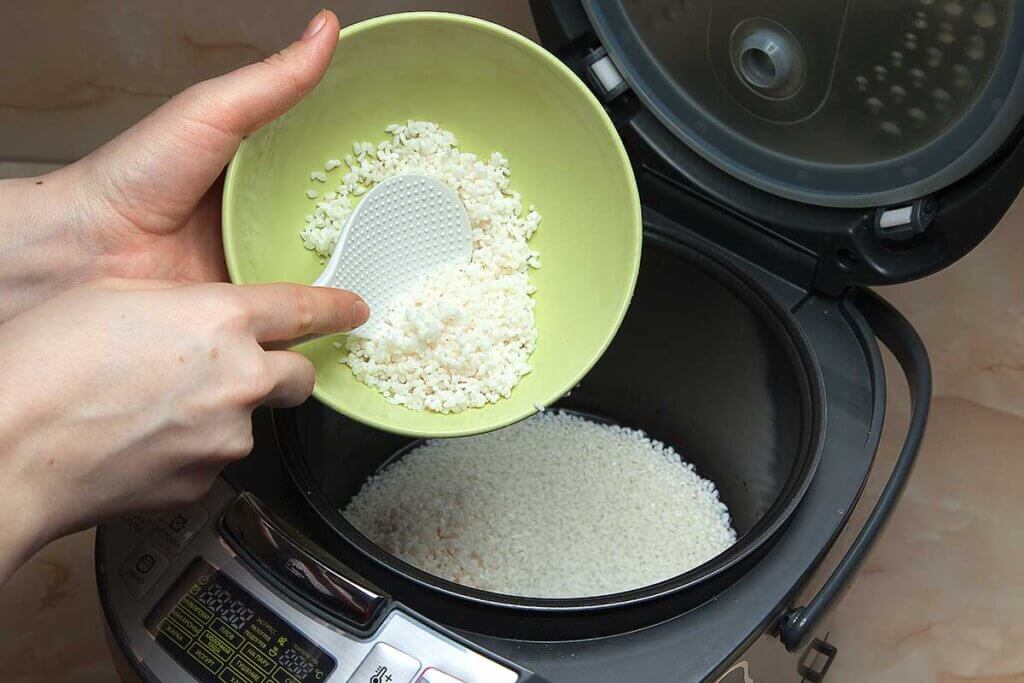
For families of four or more people, models with a volume of between one and two litres are recommended. A common volume is 1,8L. Models with this kind of capacity have a circumference of 25 cm and a height of around 30 cm. Particularly large rice cookers can hold up to five litres, however these are mostly found in professional kitchens and are usually unnecessary for home use.
Non-Stick Coating
The cooking pot of most rice cookers has a non-stick coating. So long as the correct proportions of rice to water are used, the coating prevents burning on the bottom of the pot and makes cleaning easier. They are often made from polytetrafluorethylene (PTFE), which is more commonly known as Teflon. More expensive rice cookers often have a non-stick coating made from ceramic which, in comparison to PTFE, lasts for longer and is tougher.
Careful Treatment of the Non-Stick Coating
When stirring, it is best to use utensils made from wood or heat-resistant plastic. Never clean the cooking pot with wire wool, as this can cause damage to the non-stick coating.
Cooking Time & Keep-Warm Function
The cooking time of rice in a rice cooker is often not much different from that of rice cooked in a pot. Expensive induction or pressure-cooker models can shorten the cooking time by half. Some models come with different programmes for a slow, gentle, or particularly quick cook.
A keep-warm function comes as standard for all rice cookers. While lots of devices automatically switch to the keep-warm function when all the water is evaporated, others switch off automatically and need to be manually set to keep-warm mode. Models differ in the maximum length that they keep rice warm. With some models, this time is less than an hour. Others, meanwhile, can remain in operation for upwards of 12 hours.
How to Use a Rice Cooker
Simple rice cookers mostly have one button to turn on or off and are, unsurprisingly, very easy to use. Rice and water need to be filled in the correct amounts, after which the device needs to be turned on. Once the rice is cooked, the device normally switches automatically to keep-warm mode. With such models, the temperature usually cannot be adjusted manually. It is the industry standard to have a control light which shows whether the device is currently in use or whether it is in keep-warm mode.
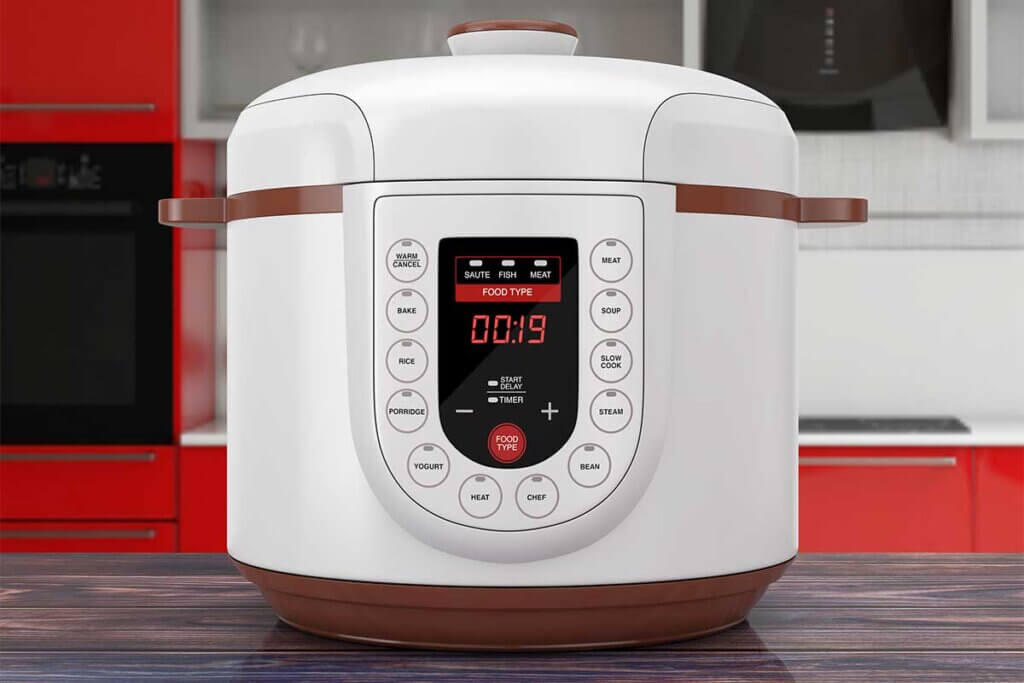
More expensive rice cookers come with a display, through which various cooking programmes can be set. For such models, it can take a little while to understand how they work. A quick look in the instruction manual can be useful at this point. These models offer added features, like a timer and a keep-warm mode with adjustable temperature. The display also shows which programme is in use and any remaining cooking time.
Cleaning is usually simple, regardless of the model. The inner container is easily removed, and, thanks to the non-stick coating, leftover food can be easily removed with warm water and washing up liquid. Some rice cookers even allow you to clean the inner container in the washing machine. Please pay attention to the manufacturer’s instructions before doing this. Automatic cleaning programmes, in which the rice cooker cleans itself, are another option. This is, however, only offered by a select number of high-end models.
Safety Feautres
Rice cookers are equipped with rubber feet to help stabilise them during cooking. To stop the rice from over cooking, most rice cookers have an automatic switch-off function as soon as the water has evaporated. Sometimes they switch automatically into keep-warm mode. Ideally, the rice cooker would switch off automatically once the inner container is removed. Some manufacturers call this feature ‘lift-off/switch-off’. The outer casing remains cool during use and ensures that you don’t burn yourself on the rice cooker. In most cases, the inner container comes equipped with heat insulated grips on the lid and on the sides.
Practical Added Features and Cooking Programmes
While simple rice cookers are restricted to cooking and keeping rice warm, more expensive models come with range of additional features. The are often equipped with sensors that check the rice during cooking and adjust the cooking time accordingly. Models with steam pressure often have slow-cook or turbo functions. A switch-on timer is another practical addition. You can set up your rice cooker the night before in such a way that by breakfast, perfectly prepared porridge is there waiting for you.
More expensive rice cookers usually come with a range of different functions. In some cases, they come with an extensive range of cooking programmes which are tailored to cooking different types of rice, as well as other dishes. With models like the KeMar Kitchwenware KIC-180, for example, you are able to steam food, cook eggs, and even bake cakes! Special cooking programmes are often designed for the following specialities:
- Sticky rice
- Rice with a crispy base
- Porridge
- Slow cooking
- Fast cooking
- Steaming
- Soups
Useful Equipment
New devices often come with a measuring cup and a rice paddle for stirring and removing the contents. The rice paddle is made from either wood or heat-resistant plastic. Metal paddles should not be used for rice cookers with a non-stick coating, as they are too easily scratched. Some rice cookers have a steamer attachment which allows you to gently cook meat or vegetables while rice cooks underneath.
How Much Does a Rice Cooker Cost?
Simple rice cookers can be bought for as little as £15. They usually have a volume of less than a litre and have no additional features. They do, however, do exactly what they claim. Most electrical rice cookers cost between £20 and £50, while models with digital displays start at around £60. For induction rice cookers and models with steam-pressure technology, you can expect to pay between £130 and £340. Most of these have a variety of cooking programmes, as well as a steam-cooking function.
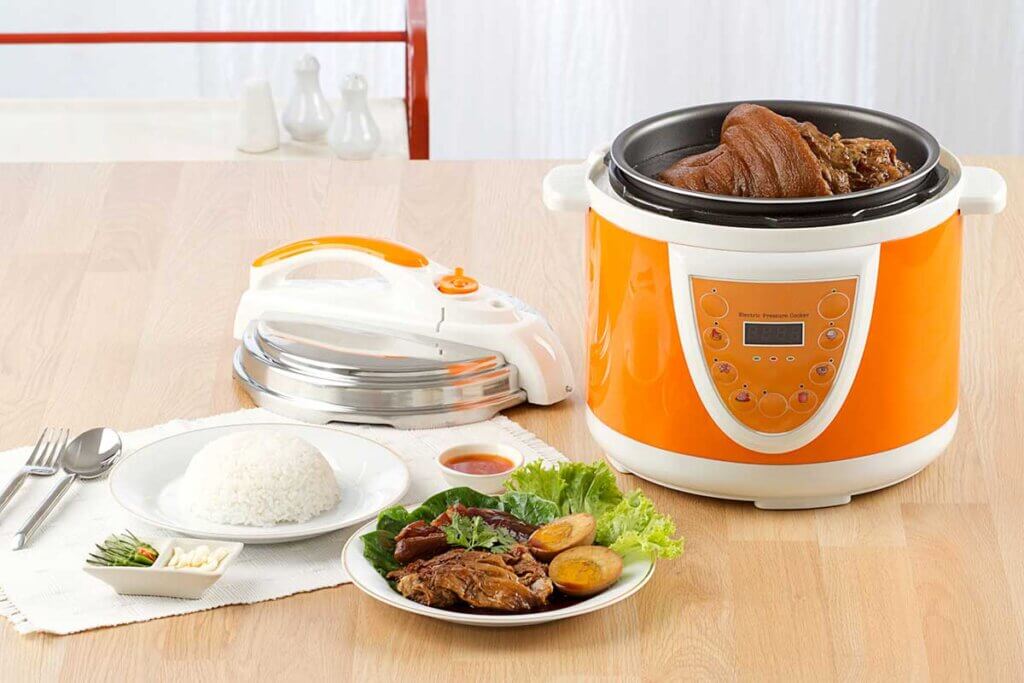
What Types of Rice Can I Use with a Rice Cooker?
In principle, you should be able to use almost any type of rice with a rice cooker. The required amounts of water and cooking length can vary, however. Here it is best to refer to the instructions on the packet. Some rice-cooker manufacturers give instruction about how to cook different types of rice in their instruction manuals. Expensive rice cookers usually have special programmes for making sticky rice, brown rice, sushi rice, or mixed rice.
Other grains, like corn, quinoa, or amaranth, can also be prepared in a rice cooker. Even porridge is good when made in a rice cooker. Oats are known to cook to the perfect consistency over a longer period in a rice cooker. Special porridge programmes are characterised by their longer soaking times. Oats, water, fruit, and condiments can be added to suit your personal preferences.
Rice cookers are, however, not ideal for making rice pudding. Milk is easy to over cook and is a real pain to clean off afterwards. Rice pudding requires constant stirring to stop it from burning. It is best cooked on a low temperature, which not all rice cookers can guarantee as the temperature is often not manually adjustable. Preparation in a pan is the preferred method in this instance.

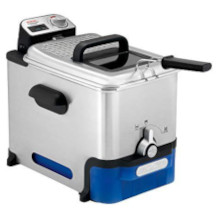




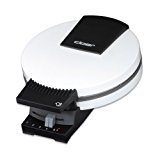
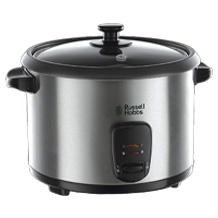
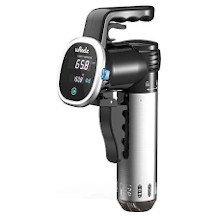




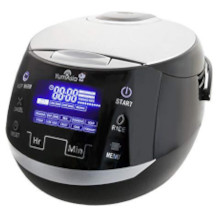
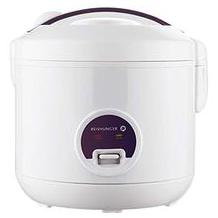
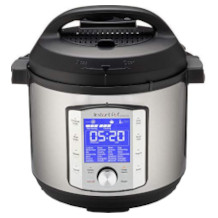

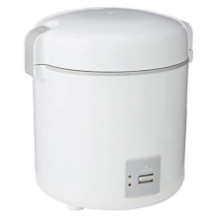
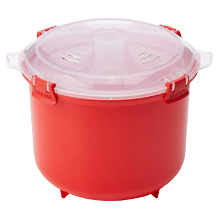
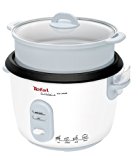
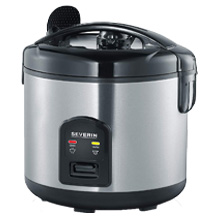

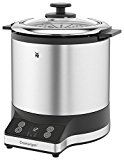


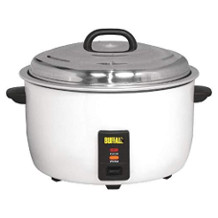
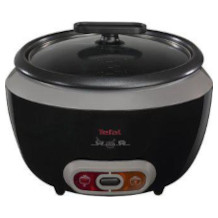
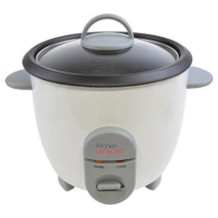

 18,362 reviews
18,362 reviews

